Introduction
Hey… have you ever settled onto your favorite couch, taken a deep breath, and thought, “Man, why does this green stuff make me feel so chill—yet somehow still kinda buzzy?” You’re not alone. Cannabis is like that friend who’s equally comfortable at a rock concert or a meditation retreat. It’s a depressant, a stimulant, sometimes even a mild hallucinogen, and often a bit of all three, depending on the day (and your mood).
Truth is, the question “is weed a depressant” isn’t as straightforward as you might hope. That momentary wave of calm you feel? That’s depressant territory. But that spark of creativity? Yeah, stimulant territory. And if you’ve ever stared at the ceiling fan and thought it looked like a slowly spinning galaxy, you’ve flirted with hallucinogenic territory too.
In this friendly guide, we’re going deep—no jargon-palooza, just real talk. We’ll explore how cannabis interacts with your brain, why your experience can wildly differ from your buddy’s, and what the latest science says about potential benefits and risks. By the end, you’ll be equipped to make sensible choices—whether you’re seeking relaxation, a spark of inspiration, or just curious about what’s going on under the hood. Ready? Let’s roll.
What Defines a Depressant?
Characteristics of Depressants
First things first: what even is a depressant? In simplest terms, depressants are substances that slow down the activity of your central nervous system (CNS). You know that “wind-down” feeling after a glass of wine? That’s a depressant in action. Here are some hallmark traits:
- Calming Effect: Depressants enhance inhibitory neurotransmitters (like GABA), dialing down neural chatter and reducing anxiety.
- Drowsiness: They often make you feel sleepy or heavy-limbed, perfect for unwinding.
- Coordination Impairment: Fine motor skills take a hit—things like driving or typing can feel awkward.
- Memory Impact: Short-term recall can be fuzzier, which is why you might forget where you left your keys.
Common examples include alcohol, benzodiazepines (think Valium), and certain prescription sleep aids. Each of these works by enhancing GABA’s chill-out signal in slightly different ways, but the end result is a softer, more relaxed brain.
How Depressants Affect the Central Nervous System
Imagine your neurons as little sparks of electricity. Depressants increase the “resistance” in that circuit, so those sparks travel slower and less frequently. Mechanistically, GABA (gamma-aminobutyric acid) is the main inhibitory neurotransmitter in your brain. When depressants bind to GABA receptors, they make those receptors more effective at damping neural activity.
This results in:
- Lowered heart rate
- Slowed breathing
- Relaxation of muscles
When you sip a drink or pop a sedative, you’re essentially boosting GABA’s whisper so your brain doesn’t shout so loudly.
Cannabis as a Depressant
Evidence Supporting Depressant Effects
Alright—so can cannabis wear the depressant hat? Absolutely, in many circumstances. Users commonly report a wave of relaxation, as though the anxieties of the day simply floated away on a cloud. Here’s what science and anecdotes tell us:
- Relaxation & Stress Relief: In a survey of medical cannabis patients, 70% cited anxiety reduction as a primary benefit, noting a pronounced sense of calm according to a study.
- Drowsiness & Sedation: Especially with indica-leaning strains or high doses, users often report feeling sleepy—sometimes in the best way possible if you’re battling insomnia.
- Cognitive Slowing: You may find it harder to focus on complex tasks or remember details after a heavy session—again, typical of depressant compounds.
This isn’t just hearsay. Controlled lab studies have shown that high-THC cannabis can slow reaction times and impair working memory for several hours post-use.
Variability in Depressant Effects
But—and this is a big but—cannabis isn’t a one-size-fits-all depressant. Here’s why experiences can differ dramatically:
- Dosage: A microdose might produce gentle calm, while a larger dose can induce deep sedation.
- Strain Chemistry: Indicas often lean toward couch-lock, while sativas can be more cerebral.
- Individual Tolerance: Frequent users may need more to achieve the same calming buzz, whereas newcomers can feel overwhelmed by a single puff.
- Mindset & Environment: Feeling stressed in a busy crowd? You might end up anxious, not relaxed.
Think of it like tea: green tea can be calming or slightly stimulating based on steep time, leaf quality, and even who’s brewing it!
Cannabis as a Stimulant
Evidence Supporting Stimulant Effects
Flip the script, and cannabis can feel downright energizing. Some strains have users bouncing off the walls—or at least feeling more sociable and creative. Observational studies and user reports highlight:
- Increased Alertness & Focus: Low doses of THC can boost dopamine, lending a subtle lift in mood and concentration.
- Enhanced Creativity: Many artists and writers swear by a bit of weed-induced inspiration—some even call it “brain fireworks.”
- Mood Elevation: A mild euphoria can accompany certain strains, similar to the effect of a gentle endorphin wave after a jog.
Laboratory research has demonstrated dose-dependent effects: at around 2.5–5 mg of THC, cognitive tests show improved performance on certain tasks, whereas above 10 mg, performance declines according to findings.
Factors Influencing Stimulant Effects
Why does one strain have you filing taxes and another have you napping? Key influencers include:
- THC Dose: Low-to-moderate doses more often trigger stimulant-like outcomes.
- Terpene Profile: Compounds like limonene (citrus aroma) can uplift mood, while pinene (pine aroma) may boost focus.
- Delivery Method: Smoking or vaping hits fast—useful for a quick pick-me-up—whereas edibles have a slower, often more sedating trajectory.
Next time you try a new strain, take notes: dose, flavor, setting—and see how your body and mind respond.
Cannabis as a Hallucinogen
Hallucinogenic Properties of Cannabis
At the far end of the spectrum, high doses or potent concentrates can induce mild hallucinogenic effects. You might notice:
- Altered Sensory Perception: Colors look richer, music feels immersive, and textures seem alive.
- Time Distortion: Minutes can feel like hours—hello, warped reality.
- Visual Distortions: Patterns may appear to move or breathe, though it’s all in your mind’s eye.
It’s not as intense as classic psychedelics like LSD or psilocybin, but for some, it’s enough to spark introspection or even mild anxiety if unprepared.
Understanding the Hallucinogenic Effects
THC interacts with CB1 receptors in brain regions tied to perception—like the visual cortex and prefrontal cortex. When saturated, these receptors can alter the normal filtering of sensory information, hence the vivid sights and sounds.
For many users, these effects are sought after—an opportunity for mindfulness, creativity, or just a fresh perspective. But they can catch newbies off guard. If you’re curious, start with no more than 5 mg and have a sober friend on call.
The Roles of THC and CBD
THC (Tetrahydrocannabinol)
THC is the crowned prince of psychoactivity in cannabis. Here’s its playbook:
- Psychoactive Drive: Binds primarily to CB1 receptors, leading to euphoria, altered perception, and sometimes paranoia.
- Therapeutic Wins: Proven efficacy for chronic pain, chemotherapy-induced nausea, and appetite stimulation according to trials.
- Dose Dynamics: Up to 5 mg can feel stimulating; 5–15 mg more sedating; above 20 mg may induce hallucinogenic-like effects for sensitive users.
CBD (Cannabidiol)
CBD is THC’s mellow counterpart. It doesn’t get you high—but it can refine the journey:
- Anxiety Buffer: CBD modulates THC’s binding to CB1 receptors, often reducing paranoia or jitters.
- Pain & Inflammation: Demonstrated anti-inflammatory and analgesic properties in both animal and human studies according to research.
- Neuroprotective Potential: Early data suggests benefits for epilepsy and neurodegenerative conditions.
Combining THC and CBD in balanced ratios (1:1 or 2:1 CBD:THC) often yields a smoother, more predictable experience.
Factors Influencing Cannabis’s Effects
Individual Differences
Your unique biology plays a huge role. Genetics influence enzyme activity (like CYP450) that metabolizes THC, while endocannabinoid system variations can dictate receptor sensitivity. Age, gender, and overall health status also factor in:
- Metabolism: Faster metabolisms process THC quicker, shortening the high.
- Hormonal Status: Women may experience stronger effects during certain menstrual phases.
- Prior Exposure: New users often feel stronger effects than habitual consumers.
Consumption Methods
How you take cannabis changes the ride:
- Smoking/Vaping: Onset in 2–5 minutes, peak around 30 minutes, fades over 2–3 hours.
- Edibles: Onset in 30–90 minutes, peak at 2–4 hours, effects can last 6–8 hours or more—prepare accordingly!
- Tinctures & Oils: If held sublingually, onset in 15–45 minutes; if swallowed, similar to edibles.
- Topicals: Minimal psychoactivity, but targeted relief for muscle or joint discomfort.
Dosage, Strain, and Terpenes
Dosage is your control knob. Start with 2.5–5 mg THC for a beginner’s sweet spot. Strain selection also matters—check the THC:CBD ratio and dominant terpenes:
| Effect Type | THC:CBD Ratio | Dominant Terpenes |
|---|---|---|
| Relaxation | High CBD (≥1:1) | Myrcene, Linalool |
| Energy & Focus | High THC (≥5:1) | Limonene, Pinene |
| Balanced Experience | 1:1 | Linalool, Caryophyllene |
Risks and Considerations
Potential Negative Effects
We’ve talked benefits—but let’s keep it real:
- Anxiety & Paranoia: Up to 30% of first-time users experience anxiety spikes according to research.
- Cognitive Impairment: Heavy long-term use in adolescents can impact memory development.
- Dependency: Approximately 9% of users develop a cannabis use disorder—higher for daily users.
- Respiratory Issues: Smoking anything can irritate lungs; vaping or edibles may be gentler on your respiratory system.
For more on how cannabis can affect your skin health, check out our deep dive on marijuana and acne.
Interactions with Other Substances
Mixing cannabis with alcohol or sedatives can amplify depressant effects—fun for a relaxed evening, but dangerous if you need to stay alert. And if you’re on medications like blood thinners or anticonvulsants, chat with your doctor—cannabis can alter how some drugs are metabolized.
Conclusion
So, is weed a depressant? Well, it can be—but it’s more like a chameleon. Depending on dose, strain, individual biology, and setting, cannabis can soothe you like a lullaby, spark your imagination like espresso, or whisk you away on a mild sensory adventure.
The key is understanding your own body and starting slow. Keep track of strains, doses, and methods. Talk to your healthcare provider if you have concerns, especially if you’re managing mental health or taking other medications. And remember: cannabis isn’t a miracle cure, but with mindful use, it can be a powerful tool in your wellness toolkit.
What’s your story? Have you found a strain that feels like a hug in plant form, or one that makes you feel like an amateur philosopher? Share your experience—let’s keep this conversation rolling!

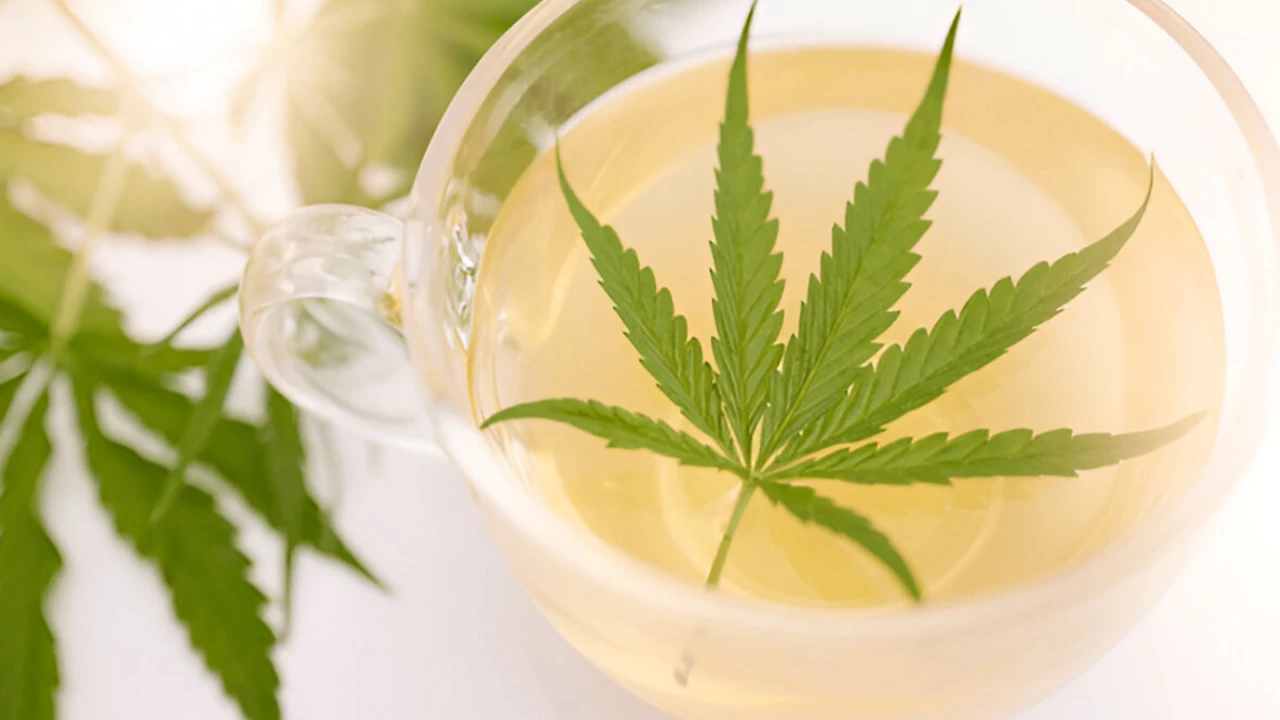
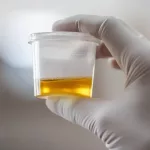
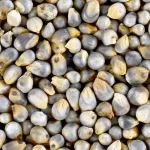

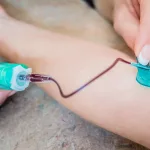



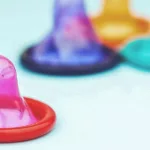

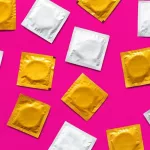




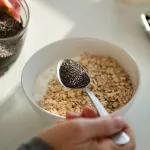

Leave a Reply
You must be logged in to post a comment.